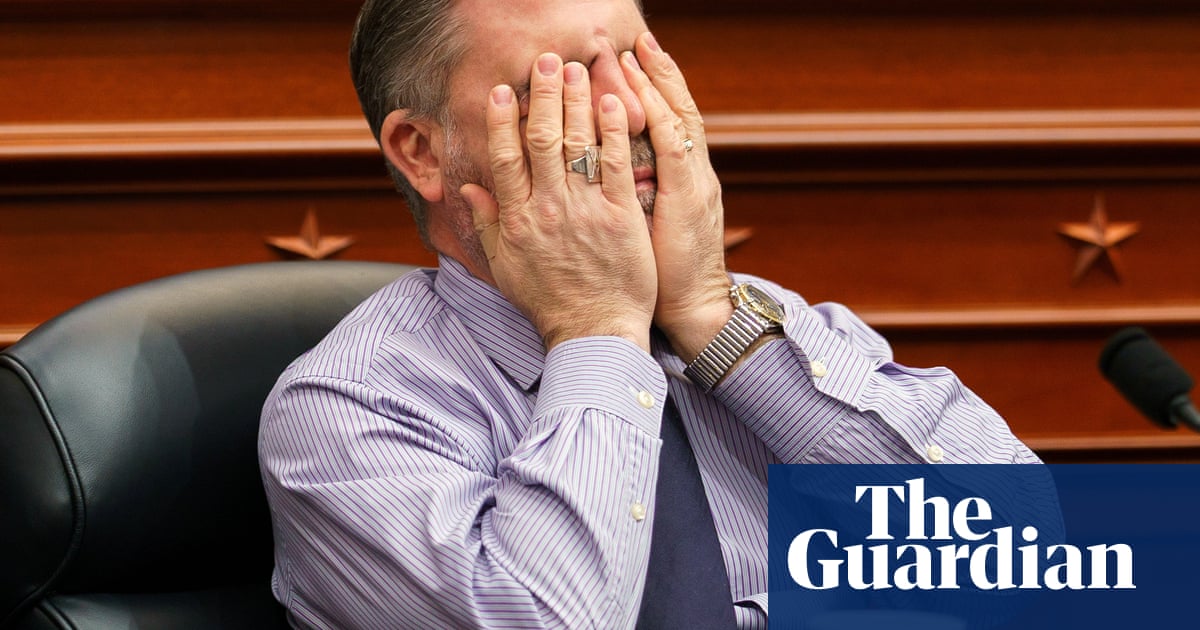CongressionalRepublicanspassed a massive spending bill on Thursday morning that, for some taxpayers, may deliver the “golden age” Donald Trump has promised – but only while he is president.
The One Big Beautiful Bill Act, which passed narrowly with 215-214 votes, is centered on permanently extending tax cutsenacted duringTrump’s first term, while also creating new deductions to make good on his campaign promise of providing relief to the working class and families.
But there’s a catch: those deductions would be available only through 2028, meaning that when Trump finishes his term in January 2029, his tax relief will have expired. And to sway fiscal hardliners, Republicans have filled the bill with cuts to social safety net programs that could drive millions of poor and disabled Americans off the benefits they depend on.
“This seems pretty overtly tied to the presidential election cycle. I am not aware that that’s happened before,” said Maya MacGuineas, president of the Committee for a Responsible Federal Budget (CRFB), a nonpartisan watchdog group focused on government spending.
The bill now moves on to the US Senate, where lawmakers are expected to make their own changes. Democrats have little influence over the measure, which is crafted under the budget reconciliation procedure that allows it to be passed with simple majorities in both chambers.
As currently written, the bill is expected to add an outsize $3.4tn to the deficit through 2034, much of which is due to the permanent extension of tax cuts Trump signed in 2017. It would also allow taxpayers to write off overtime, tips and the interest paid on loans for cars assembled in the US, in line with Trump’s campaign promises.
Parents would see the child tax credit increase by $500, and be given the option of opening “Trump accounts” to save money to help their children afford a home or schooling once they turn 18, into which the government would deposit $1,000.
And while the legislation does not include Trump’s promise to slash taxes on social security payments, it does offer a new $4,000 deduction for taxpayers aged 65 or older.
But once the year 2028 ends, so too do these deductions, as well as the government’s deposits into any Trump accounts and the increased child tax credit. By that time, poor Americans will have begun navigating funding cuts and new requirements imposed on two of the government’s biggest anti-poverty programs.
In 2027, new work requirements for some recipients of Medicaid, the healthcare program for poor and disabled Americans, would go into effect. The Urban Institute thinktank, based on an analysis of a similar policy, believes those would cost as many as 5.2 million people their health insurance coverage, largely because of enrollees not understanding the requirement or being unable to prove their compliance.
People who depend on the Supplemental Nutrition Assistance Program (Snap), which helps pay for groceries and other essentials, would also face work requirements beginning in October 2027. The left-leaning Center on Budget and Policy Priorities estimates those would put about a quarter of Snap recipients, or nearly 11 million people, at risk of losing their benefits.
“To make the math work and to satisfy all camps, they have put together a kind of a structure in which Trump can be satisfied that he will see these provisions go into effect under his term, the deficit hawks and the spending hawks can be assured that, at least on paper, these cuts are coming, and then actually it will be somebody else’s, some other Congress’s actual job, to decide what happens to them after that,” said Alex Jacquez, a former economic policy adviser toJoe Bidenwho is now the chief of policy and advocacy at the Groundwork Collaborative think tank.
Despite the new deductions, the nonpartisan Congressional Budget Office (CBO) estimated that the wealthy will benefit most from the bill. Taxpayers with the highest incomes will see their household resources increase by four percent in 2027 and two percent in 2033, largely due to the extended tax cuts. The poorest tax payers would see their resources drop by four percent in 2033, largely due to the downsized benefit programs, the CBO forecast.
MacGuineas warned that the temporary deductions combined with the delayed start of the spending cuts will create a “fiscal cliff” for a future Congress and president, who will face pressure to stop or further delay what could be a politically toxic combination of policies.
“You could have a big showdown in 2028, 2029 about what to extend, how to pay for it, if you do, whether you have to and whether to delay the offsets. And that could be, overall, a very ugly fiscal picture,” she said.
Cancelling the spending cuts and keeping the new deductions in place would cost $4.8tn, the CRFB forecasts – more than the government spent responding to theCovidpandemic.
